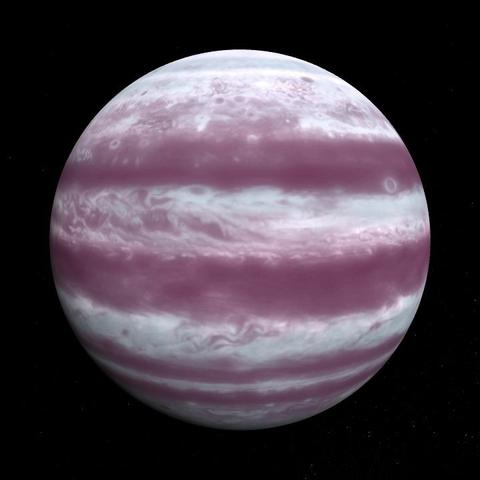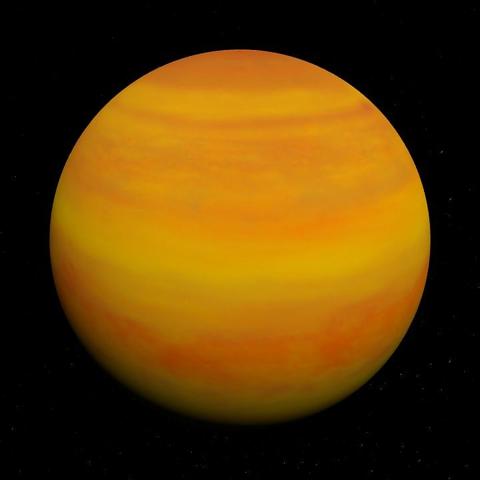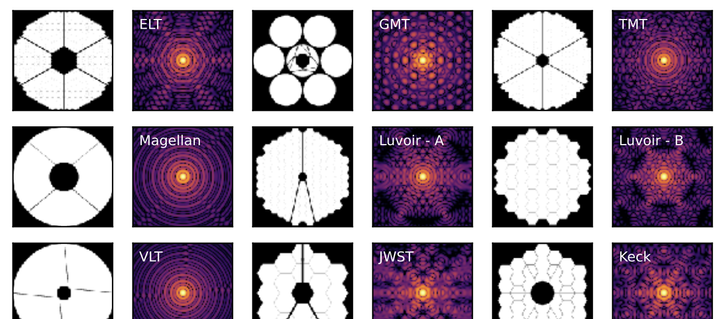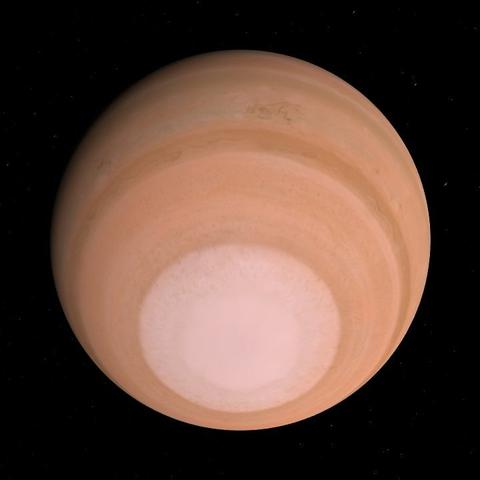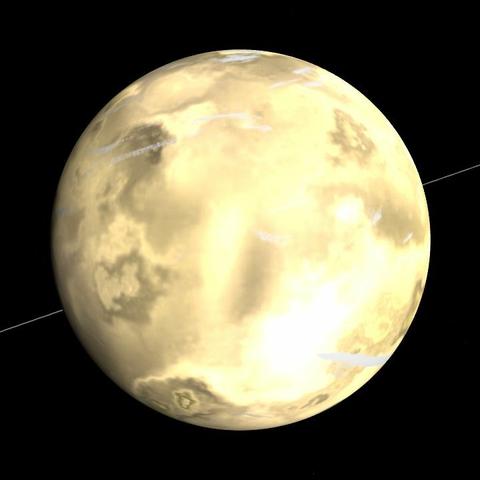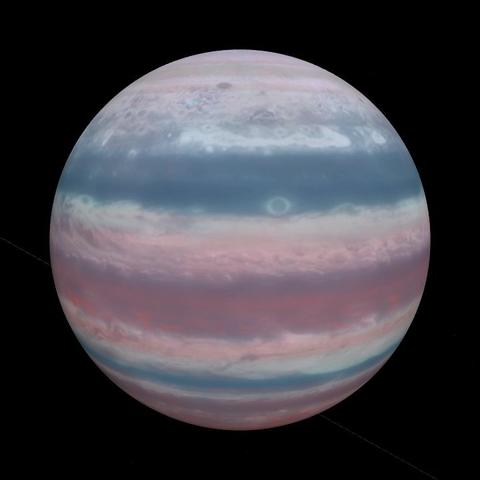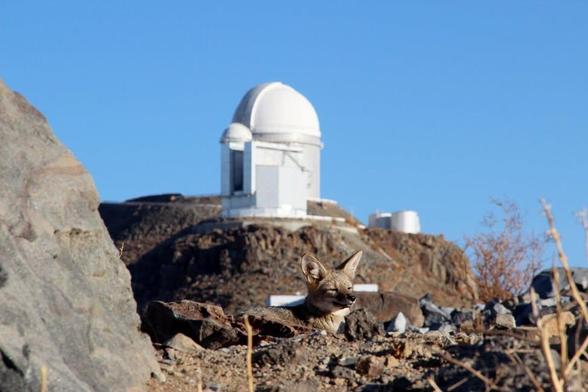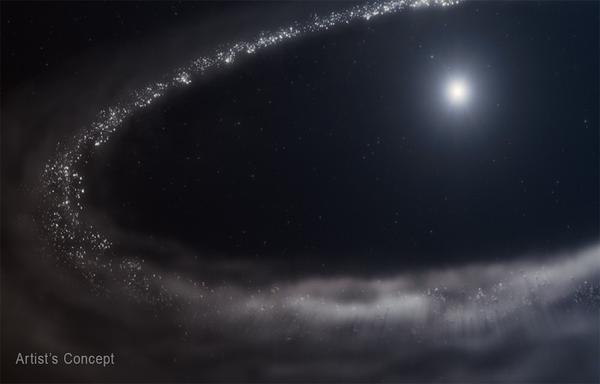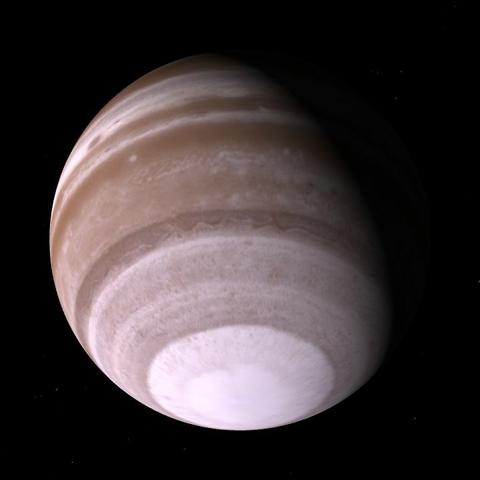Name: Kepler-196 d
A Neptune-like giant planet.
Distance from Earth: 1,472 light-years
Year discovered: 2021
Discovered by: Kepler
Planet radius: 2.661 x Earth
Orbital period: 122.08 day(s)
Recent searches
Search options
#exoplanets
Name: TOI-2152 A b
A giant planet composed mainly of gas.
Distance from Earth: 988 light-years
Year discovered: 2023
Discovered by: Transiting Exoplanet Survey Satellite (TESS)
Planet radius: 14.359 x Earth
Planet mass: 899 Earths
Orbital period: 3.38 day(s)
Equilibrium temperature: 1802° K
Name: Kepler-527 b
A Neptune-like giant planet.
Distance from Earth: 2,446 light-years
Year discovered: 2016
Discovered by: Kepler
Planet radius: 2.84 x Earth
Orbital period: 13.29 day(s)
Together with Sebastiaan Haffert our review on “High-Contrast Coronagraphy” is out - writing an ARA&A review has been on my academic bucket list, and I’m very proud of the result. It uses the showyourwork! framework, making it a completely reproducible paper. #FAIR #astrodon #exoplanets https://arxiv.org/abs/2506.02907
Name: DH Tau b
A giant planet composed mainly of gas.
Distance from Earth: 440 light-years
Year discovered: 2004
Discovered by: Subaru Telescope
Planet mass: 3,496 Earths
Name: PSR B1257+12 c
A potentially rocky world, larger than Earth.
Distance from Earth: 1,957 light-years
Year discovered: 1992
Discovered by: Arecibo Observatory
Planet mass: 4 Earths
Orbital period: 66.54 day(s)
Name: Kepler-265 d
A Neptune-like giant planet.
Distance from Earth: 4,176 light-years
Year discovered: 2014
Discovered by: Kepler
Planet radius: 2.49 x Earth
Orbital period: 43.13 day(s)
Name: Kepler-939 b
A potentially rocky world, larger than Earth.
Distance from Earth: 6,828 light-years
Year discovered: 2016
Discovered by: Kepler
Planet radius: 1.75 x Earth
Orbital period: 14.88 day(s)
When searching for habitable worlds around other #stars, we must occasionally pause and appreciate the wonderful living organisms of our own #planet.
#exoplanets #astrobiology #astronomy
https://www.eso.org/public/images/potw2521a/
In April, scientists captured global attention by announcing they'd found a molecule in a faraway #planet's atmosphere that could signal #life there.
But a new analysis of relevant observations adds to the growing skepticism around the finding.
Reviewing data from multiple observations of the planet, scientists found it cannot be called a conclusive detection.
What's more, they found that other molecules, not just those possibly indicating signs of life, could explain the readings—putting caution signs around the claim.
#exoplanets #astronomy
https://phys.org/news/2025-05-life-deep-space.html
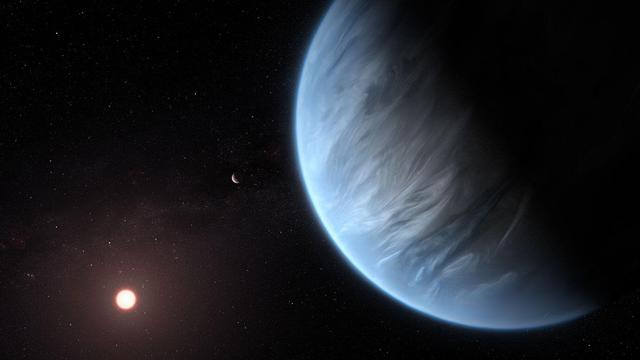
(24 May) James Webb telescope discovers frozen water around a distant, sunlike star
The discovery of water ice around a distant star is allowing scientists to study how the key ingredient for life is delivered to young planets beyond our solar system.
https://s.faithcollapsing.com/izu8s
Archive: ia: https://s.faithcollapsing.com/6bxjz
(24 May) James Webb telescope discovers frozen water around a distant, sunlike star https://s.faithcollapsing.com/izu8s Archive: ia: https://s.faithcollapsing.com/6bxjz #astronomy #exoplanets #planets #space
Name: Kepler-336 d
A Neptune-like giant planet.
Distance from Earth: 2,508 light-years
Year discovered: 2014
Discovered by: Kepler
Planet radius: 2.37 x Earth
Orbital period: 20.68 day(s)
@fraser We are so close to a profound discovery.....
This exoplanet may have been created in the brief period of time during a stellar transfer period of the two stars, or it might have fallen into the orbit of the larger star after that period and the masses of the stars had changed.
It's a surprise to Astronomers, and it's only 68 light years away, what other wonders could be further out?
https://arstechnica.com/science/2025/05/planet-found-orbiting-backward-between-two-stars/

Planet found orbiting backward between two stars https://arstechni.ca/AeZs #exosolarsystems #exoplanets #whitedwarf #astronomy #Science

@coreyspowell all these worlds out there, all this potential.
It gives me hope in genuinely dark times, to see these wondrous discoveries year by year.
So naturally fascists will want to stop all that, as Fascism is where Hope Goes To Die
The more I read of things like this about Jupiter the more I am convinced the reason the Solar System is different to the number of multiple exoplanet systems with super-earth sized worlds and no big gas giants
It's all about the big fella out beyond the 'roids....
https://scitechdaily.com/twice-the-size-and-50x-the-power-jupiters-primordial-past-revealed/
Name: Kepler-1086 c
A Neptune-like giant planet.
Distance from Earth: 1,520 light-years
Year discovered: 2016
Discovered by: Kepler
Planet radius: 2.94 x Earth
Orbital period: 161.52 day(s)


